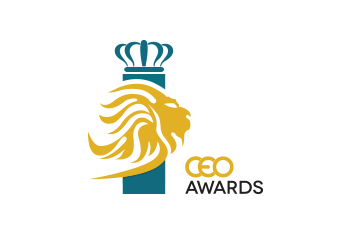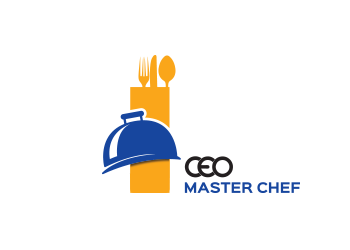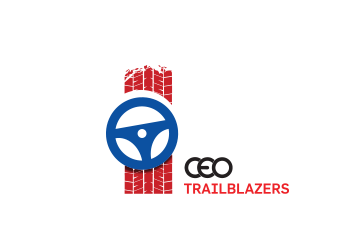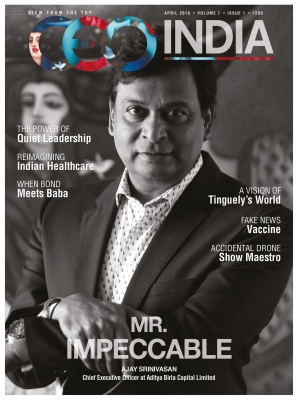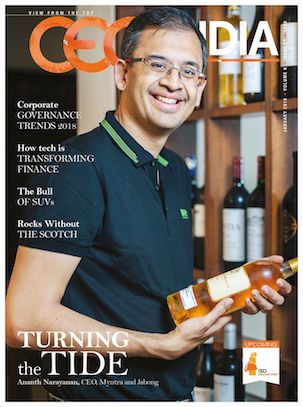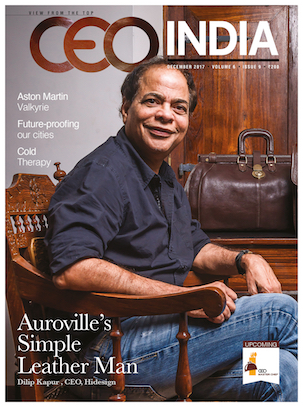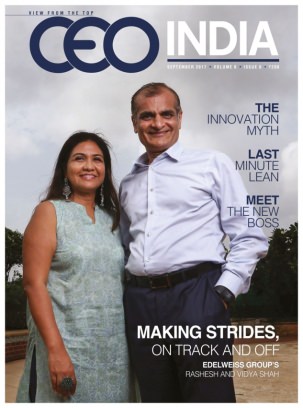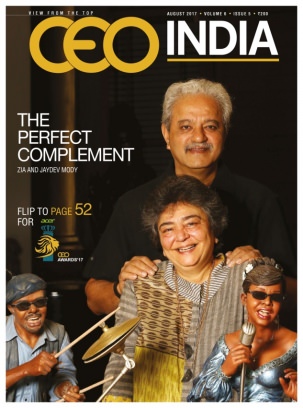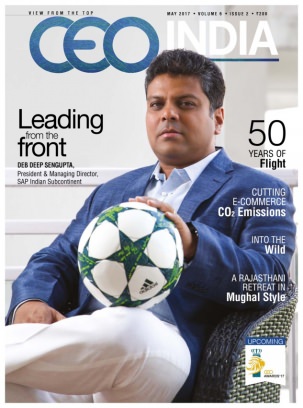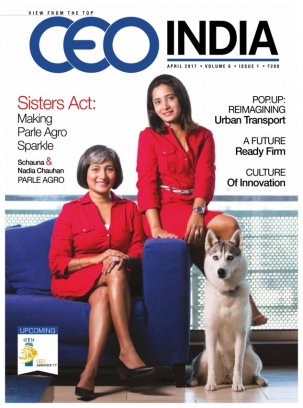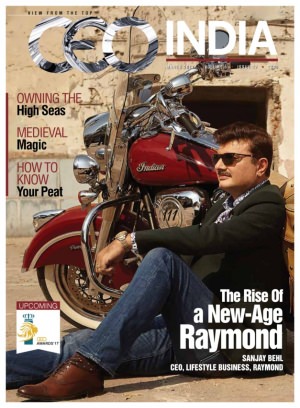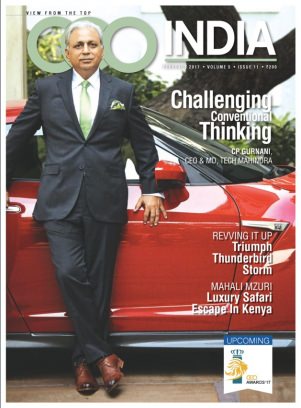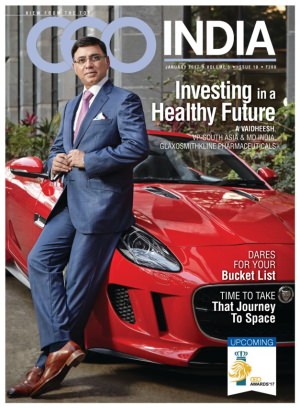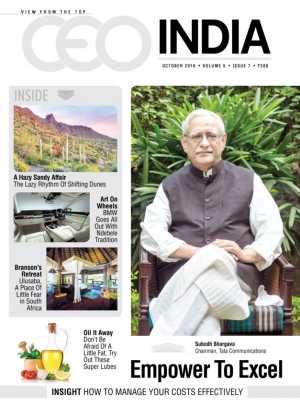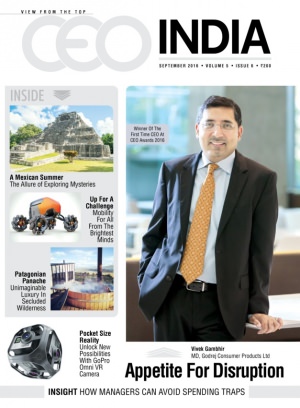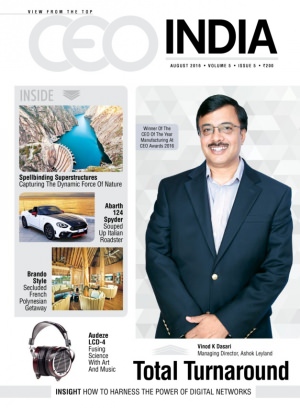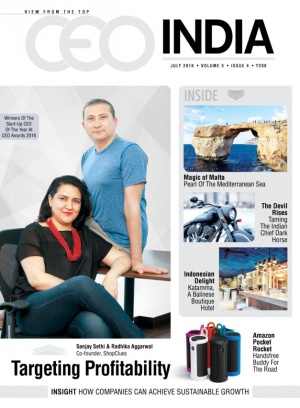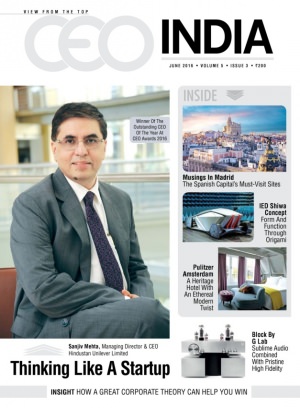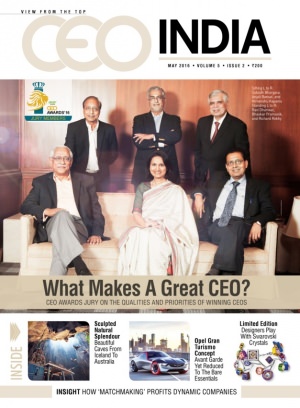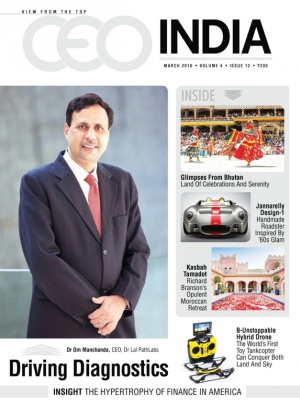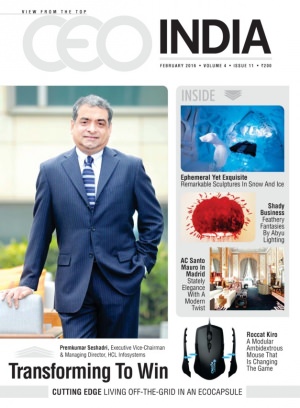December 26, 2017
Hidesign CEO Dilip Kapur traces the journey of his iconic brand that has risen from very humble beginnings. It was the late 1970s when Puducherry-born, Sri Aurobindo Ashram-schooled Dilip Kapur came back to his hometown after studying at Phillips Academy, Andover and Princeton. His return was well-timed. On February 28th, 1968, some 5,000 people from 124 nations and 23 Indian states congregated to inaugurate the future township of Auroville in a solemn ceremony. “We believed Auroville would create a model to change the world. There were people, rebellious and innovative, from all over the world. Puducherry itself was a quiet town, culturally led by Auroville and the Ashram,” says Kapur. In the last 49 years, this quaint little town on the Southern coast of India has certainly made a mark for itself in terms of heritage, travel and hide! Kapur has given Puducherry its most famous shopping address in the form of his internationally-acclaimed luxury brand – Hidesign, which has a current turnover of ₹160-170 crores. Meant for those who want to indulge in genuine leather goods that are sturdy, stylish and almost ageless, Hidesign was established in 1978 with a two-person artisan workshop once Kapur moved to Auroville from the States after completing his PhD. Thereafter, he started experimenting with leather as a hobby. “Friends and friends of friends started buying and selling them in Australia and the US. One day, I received a large order and realized I needed a workshop.” Interestingly, up until then, he had never thought of starting a leather business. But during his stay in the US, to sustain himself during the summer, he applied for a job at a Denver-based leather shop called Poor Richard’s. This nine-month stint resurrected his love for leather that was “somehow in his blood” because of his father whose leather shoe factory burnt down during the Partition. “I had never seen him work with leather. But I loved working with leather at Denver, learning how to hand dye leather, cut it and assemble bags,” says Kapur. Today, Hidesign products are made in three factories in Pondicherry, Ranipet Baddi, and Sikkim. Known for its craftsmanship and innovative design, in India, Hidesign has 81 exclusive stores; it is also present in 160 shop-in-shops and major e-commerce platforms. Internationally, their distribution and franchise stores are spread across 23 countries that include Russia, Sri Lanka, Prague and Kenya; Indonesia and Dubai are in the offing. Since leather is the star of Kapur’s show, he goes to great lengths to procure it from tanneries all over the world like Brazil, the highlands of East Africa, Europe, and New Zealand. From the time, he started working wholeheartedly with leather his curiosity has led him to explore the traditions of vegetable tanning in south India, probably the greatest centre in the world of vegetable tanning traditions. No wonder, he prefers, “Kerala as the climate and educated farmers ensure healthy animals,” and a good quality hide. Apart from the leather, Kapur is equally stringent about the


